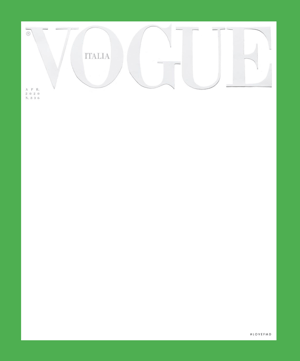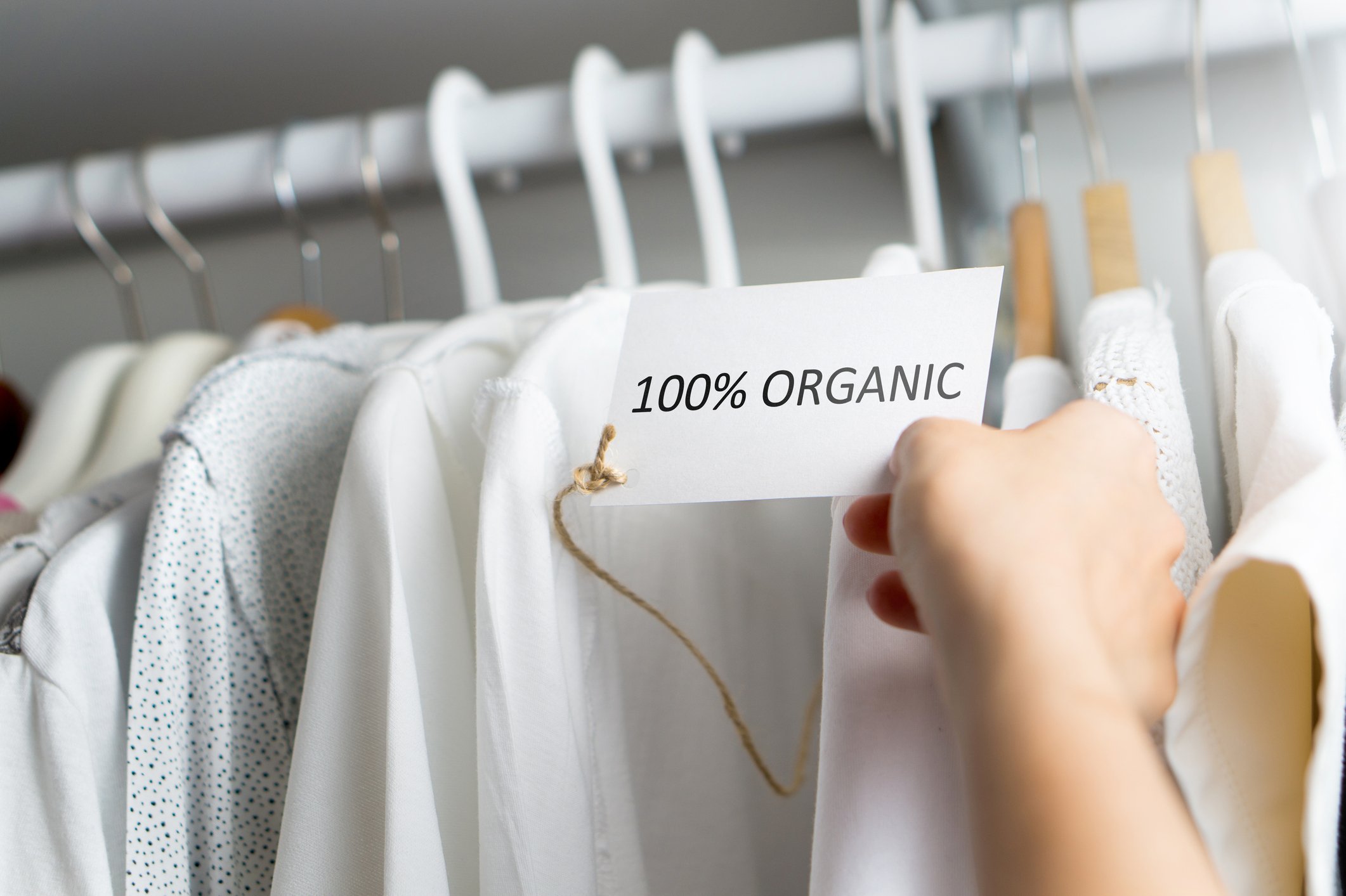
White is used as a symbol for respect, hope and light after darkness. But above all, as the magazine states, “white is not surrender, but a blank sheet waiting to be written.” This period should be used to think outside the box and find better solutions for an indispensable industry that provides so many of us with joy, style and love for clothes. And hopefully, by next year the cover will be green.
"The coronavirus presents the fashion industry with a chance to rethink and reset its values."
Coronavirus’s impact on the fashion industry
The fashion industry is a global industry which heavily relies on intercontinental supply chains, continuous consumer spending and regular collection changes. As countries go into lockdown, financial markets are disrupted and consumers are forced to stay at home, the interconnected fashion industry sees an average market capitalization drop of almost 40 percent since the beginning of 2020. The impact will reach far wider than we can personally see or hear, due to the interconnectedness of the industry and its value chain, prompting production problems, lack of raw materials and job loss. For people working in low-wage countries such as India, Cambodia or Bangladesh this will be the hardest, as unemployment will lead to hunger and disease.
"It is no surprise that the 40 percent drop in market capitalization will outlast the pandemic, resulting in financial hardship across the global value chain."
In addition, the industry’s wasteful nature will be fueled: heavily discounting the spring and summer 2020 clothes to clear inventory, overfilled warehouses with unsold stock, additional inventory-reduction schemes such as the incineration of unsold clothes and a consumer focus on budget and fast fashion stores. This is in contrast to consumer interest in recent years where, according to the Global Fashion Agenda, transparency, sustainability (there has been a fivefold increase in sustainable fashion products in the past two years) and traceability played an important role.

Picture by https://couponsnake.com/
An Integrated Value Approach to respond to the current challenges
These current challenges highlight the importance of sustainability and resilience: the ability to survive shocks and live through disruptions such as a pandemic, water scarcity, or other climate change related disruptions, is essential. In order for the fashion industry to become more resilient, our advice is to focus on the five innovation pathways of the Integrated Value Framework. In this framework we use a systems perspective, meaning that we look at the value chain as a whole in which all systems and every stakeholder are connected.
"Think of the fashion industry as a game of Jenga: if you remove or replace one block and disrupt the whole, it will influence all the other blocks."
The objective is to lead from today’s crisis to a new normal in which the fashion industry is more secure, shared, sustainable, smart and satisfying.
Secure
Solutions that make us more protected, strong and adaptive. For instance, garments equipped with a temperature mechanism to sustain a healthy body temperature working in heated environments or during temperature changes. In addition, garments such as safety vests enhanced with RFID tags, can help us during emergency response or industrial accidents.
Smart
Solutions that make us more connected, intelligent and responsive such as blockchain – digital journals that publicly show a record of transactions (blocks) – offering access to updated product information supplied by brands, retailers and suppliers. This will help realize full traceability and transparency throughout the value chain. Besides, solutions powered by augmented reality, such as 3D fitting and ‘try before you buy’ schemes in virtual fitting rooms, are decreasing the amount of stock by enabling made-to-order production cycles.

Shared
Solutions that make us more inclusive, fair and efficient like fashion rental models or libraries, allowing customers to borrow and share items for a period of time. Clothing and accessories often have low usage – characteristics of other items that have proved popular in sharing consumption models. In this way, poorly or unused garments are being worn instead of just sitting in closets.
Sustainable
Solutions that make us more durable, renewable and abundant. According to the Ellen MacArthur Foundation a truckload of textiles is landfilled or incinerated every single second, while up to 95 percent could be reused. Therefore it is no surprise that reducing waste is one of the industry’s biggest challenges. Reducing waste by recycling textiles into new yarn, using zero-waste design techniques or other circular principles, such as biodegradability and sustainable materials, are key.

Satisfying
Solutions that make us more healthy, happy and valued. For workers in the value chain this means, amongst others, earning a living wage, having workers’ rights and the ethical production of garments. For consumers this means garments that enhance our well-being, like smart apparel, eliminating the use of hazardous chemicals from the value chain and an emphasis on diversity and inclusion.
The future green cover of Vogue Italy should be used as a symbol for respect for our planet and people working in the textile value chain; for healthy consumerism that does not exceed our planet’s boundaries; for offering a living wage and rights to workers; for the usage of fair prices; for minimizing textile waste; for not using any harmful materials but switch to sustainable ones; and for transparency and traceability resulting in exactly knowing which materials are used, where they come from and knowing who made our clothes.
Rozanne Henzen is a researcher on sustainability, amongst others, she teaches sustainability in our Master in International Fashion Management.
Want to know more about this program?


